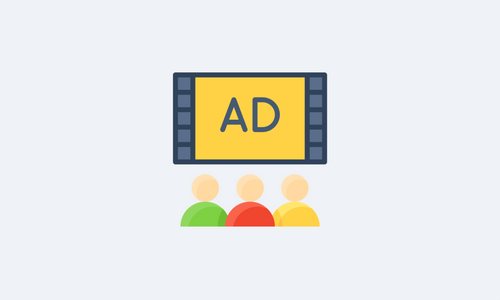Life-long Rebranding, or What Happened to Google’s Advertising Services
Google has not only always responded to changes in the online advertising industry, but also actively shaped the market vector itself. As the row of services for publishers and advertisers of all sizes and stripes emerged, the time has come to streamline them. In July 2018, Google once again re-branded to simplify the use of the platform. Although, it seems that users still have not figured out what to do with all these novelties. As the changes have finally come in full force, let’s review them again.
1. Google AdWords renamed to Google Ads.
The renaming was a logical step, given that Google has been working not just with text ads but with all types of advertising and promotion channels for a long time. The service received not only a new name but also the Smart Campaigns tool – the ad campaign default settings for small businesses, compiled using machine learning algorithms. The user specifies the ultimate goal of the campaign, and the engine calculates the optimal parameters for creatives, targeting, and delivery. Within its framework, there is also the opportunity to run A/B tests.
2. DoubleClick for Publishers and DoubleClick AdExchange were unified into Google Ad Manager.
The functions of SSP and AdServer were combined into a single algorithmic platform with the support of guaranteed deals.
3. Google Analytics 360 Suite integrated with DoubleClick advertiser tools into Google Marketing Platform.
As before, Google offers a set of free and premium integratable tools for campaign planning and analytics. Major changes affected former DoubleClick products:
- DoubleClick Search renamed to Search Ads 360;
-
the features of DoubleClick Bid Manager, DoubleClick Campaign Manager, DoubleClick Studio, and Google Audience Center 360 were combined into a new tool – Display & Video 360. It acts as a single platform for running advertisements through both programmatic and guaranteed sales. Machine learning algorithms give recommendations for campaign optimization. The platform embodies five modules and covers the entire life cycle of an ad campaign:
- Campaigns – media planning, automatic programmatic bids, campaign optimization
- Audiences – audience segments creation
- Creatives – coordinates work of the creative, data, and media teams;
- Inventory – purchase of premium inventory, with particular attention to TV advertising and Programmatic Guaranteed;
- Insights – audit with a system of reports and verification;
- Integration Center helps you quickly configure integrations between the platform’s marketing products and other services, both from Google and over a hundred of its partners.
The main development trends of the platform are obvious and natural - unifying related products, simplifying integration, automating processes, aiming at both premium and small platforms.



